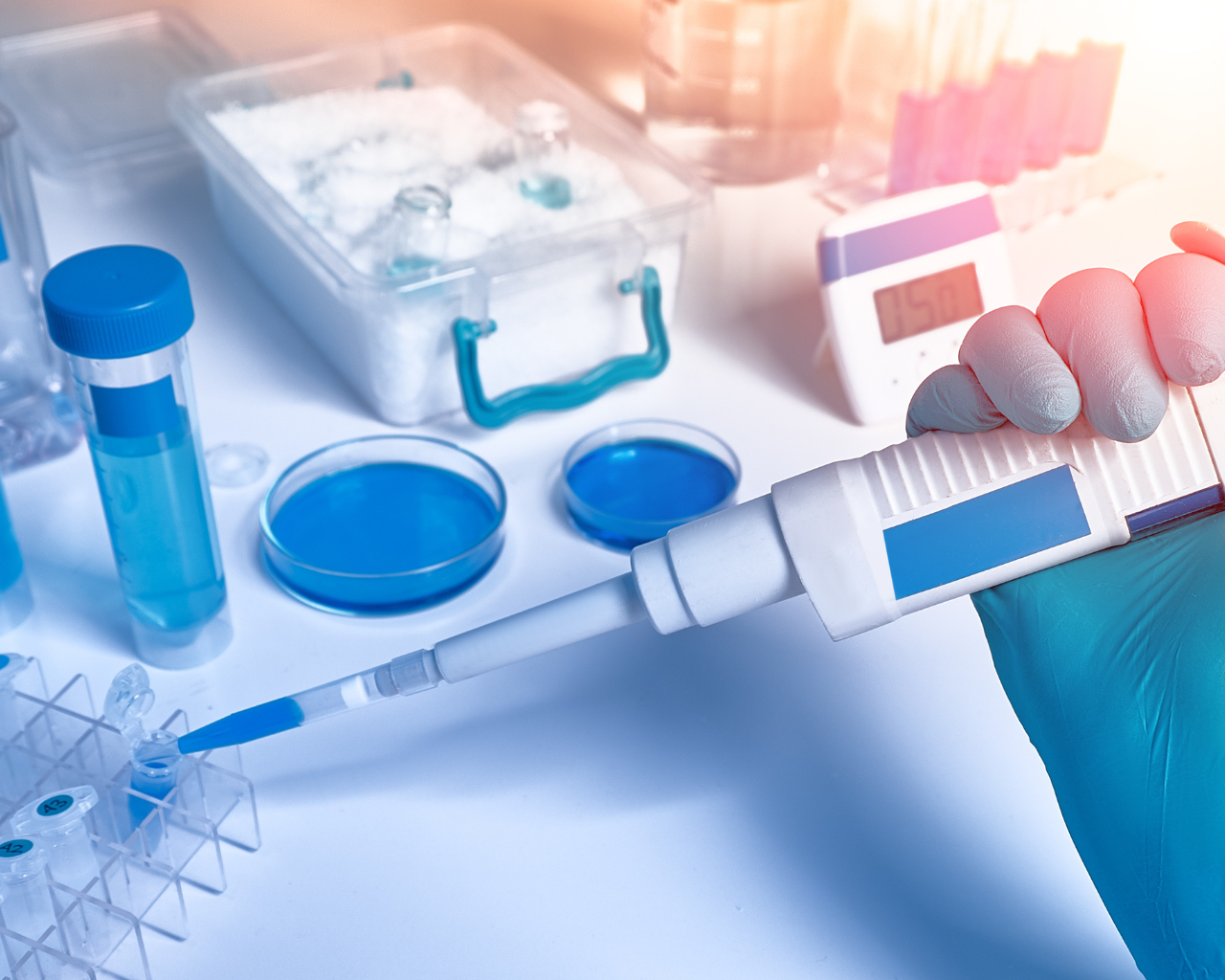19 Dec Good Distribution Practice (GDP) in the US: FDA update Drug Supply Chain Security Act (DSCSA) implementation
The U.S. Food and Drug Administration (FDA) has organized a stakeholder call to discuss the DSCSA implementation, which took place on 29 November 2023.
The Drug Supply Chain Security Act (DSCSA) drug supply chain security requirements, ten years after its implementation, are intended to improve the FDA’s ability to detect and remove potentially dangerous drugs, whether: counterfeit, stolen, contaminated or otherwise, from the supply chain.
Among the topics covered:
- 10-year anniversary of DSCSA implementation
- Stabilization period and expectations for trading partners to achieve interoperable, electronic tracing of products at the package level
- Recent key guidances for industry related to supply chain security requirements
- Looking ahead
Also in late November, the FDA announced that the CDER NextGen Portal (CDER NextGen) includes a DSCSA portal that enables the FDA and trading partners to communicate when the FDA requests information related to investigations of suspect or illegitimate products or during a recall.
The DSCA portal is used to:
- Confirm basic information and points of contact for trading partners
- Notify trading partners when they have messages from the FDA
- Enable trading partners to respond to FDA messages and upload documents
Additionally, the DSCSA enables to:
Latest posts
-
01 October, 2024 Blog
EDQM publishes revised Ph. Eur. Water Monographs for public comment






